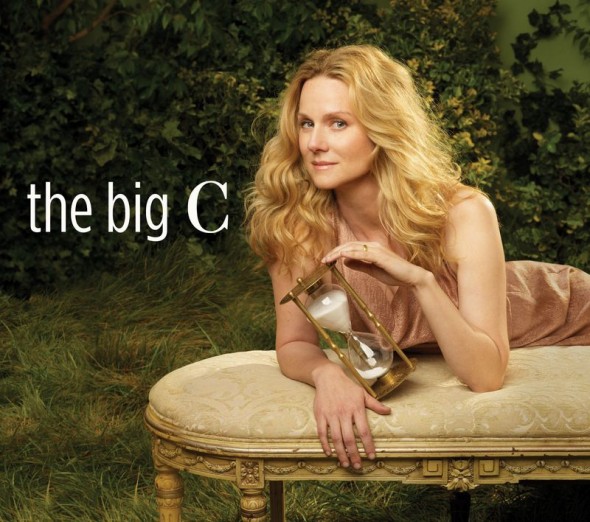
When we interviewed Laura Linney for a chapter on “How to Act” in our book, we asked the award-winning actress:
“Who are you acting for?”
And then we waited. A long time. We had to stifle the urge to blurt out helpful suggestions. As the seconds of silence turned into minutes (hours in interview time), we wondered if Linney had misunderstood our question or been offended.
It turned out that she was actually thinking, not pretending to think as sometimes happens when you talk to a famous person who is feeding you lines because that is what their publicist told them to do.
When Linney finally did respond—a full two minutes of tape time later—her answer wasn’t at all one we would have expected. She wasn’t acting for her audience, her fellow actors, directors, producers or even her late father, the playwright Romulus Linney, as we had suspected. No. She wasn’t even acting for herself.
When she finally spoke in that quietly intense tone that we recognized from many of the roles she has played, she told us:
“I’m acting for the story.”
That was the moment when Linney revealed herself and the interview got really interesting.
In every facet of her work Linney puts the story first. It begins when she gets a script. If the story of a script or screenplay speaks to her than she doesn’t listen to advice, she just takes the role. (One reason, she told us, that she’s accepted roles in some of the riskier indie projects she has done so well in.) Character preparation for Linney is an all-consuming immersion in which she “saturates herself with the text” that leads her to “the core of the story.” Once on set or stage, she told us, “You’ve done all that work on the story—now the story is working on you.” And if she feels others in the production are not honoring the narrative, she will fight for it. “My loyalty is not to a director or producer but to the story,” she said.
In an age of global megablockbusters, dumbed-down superhero sequels, multi-million dollar action sequences, CGI and bionic bodies, when it comes to Hollywood, the movie’s actual story can be a low priority. Some of the more commercially-minded Hollywood insiders might consider Linney’s commitment to story quaint. But her obsession can be a lesson to us all whatever our vocation.
Just as with the success of many of the other extraordinary people we interviewed for our book, much of Linney’s success is due to her determined focus on what really matters to her. Linney, who has been described by the New York Times as “an actress of peerless emotional transparency, capable of conveying a multitude of conflicting feelings through minimal means,” didn’t become a star on stage and screen by being preoccupied with her Q Score, number of Twitter followers or next glamorous magazine cover. She told us,
“If it’s not about the story, it’s no fun. When people come up to me and say, ‘You’re so brave, letting yourself look that way,’ I think, ‘Well, what was I supposed to do when I was playing Abigail Adams who had rotten teeth?’”
Coming up Oct 2013 Laura Linney is in Bill Condon’s “The Fifth Estate” about Wikileaks founder Julian Assange.
Buy “The Art of Doing” here. Signup for “The Art of Doing” free weekly e-newsletter. Follow us on Twitter. Join “The Art of Doing” Facebook Community. If you’ve read “The Art of Doing” please take a moment to leave a review here.
